Tomsk - the University Capital of Siberia
In 2004 Tomsk celebrated its 400th anniversary. For the period from March 25 to October 7, 1604 the first stockade was built here by the Russian Cossacks on the banks of the Tom River. The history of Tomsk keeps many secrets. For example, during excavations underground passages were found here, in which two horsemen can cross, as well as burial people in wooden decks and a skeleton of a Mongolian warrior. All this can be seen in local museums. But the main thing for what it’s worth to come to Tomsk is Tomsk lace — fine carving. The wooden mansions, preserved in one of the quarters of the city, are decorated with it. One can see these unique openwork houses only in Tomsk!
Отели города Tomsk
All sights in TomskSee all
Places of interest in Tomsk

Tomskaya Pisanitsa Museum Preserve
Museums and Exhibitions
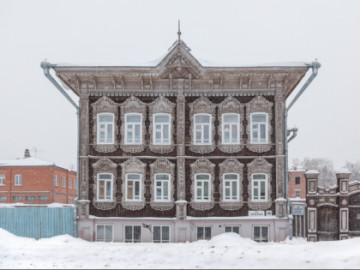
Tatarskaya Sloboda
Architectural Monuments • Museums and Exhibitions
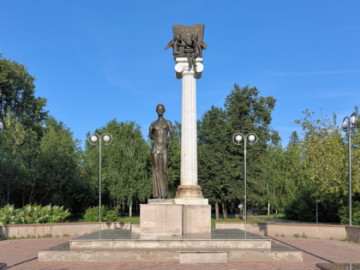
Novosobornaya Square
Architectural Monuments • Other places

Aleksiyevskiy Monastery of the Mother of God
Architectural Monuments • Temples and places of worship • Abbeys and Monasteries • Other places
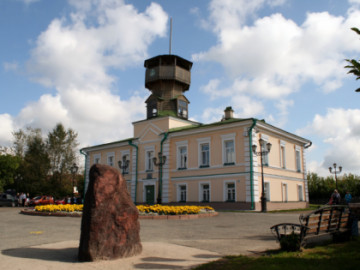
Museum of History of Tomsk
Architectural Monuments • Museums and Exhibitions
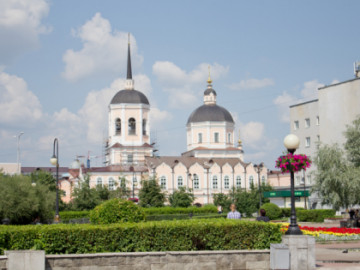
Epiphany Cathedral
Architectural Monuments • Temples and places of worship • Cathedrals and churches • Other places
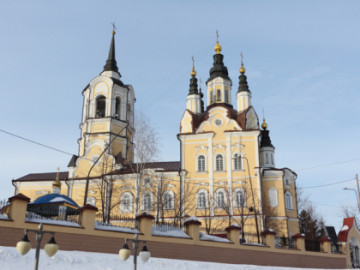
Church of the Resurrection
Architectural Monuments • Temples and places of worship • Cathedrals and churches • Other places
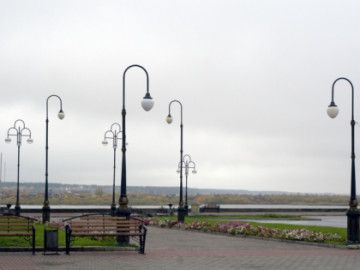
Embankment of the Tom River
Architectural Monuments • Other places
Nearby
Cities near Tomsk








 Museums and Exhibitions
Museums and Exhibitions
 Parks and recreation
Parks and recreation
 Other places
Other places
 Architectural Monuments
Architectural Monuments
 Temples and places of worship
Temples and places of worship
